
This website is for users aged 21 and over. Please confirm your age.

Many ways can be used to germinate cannabis seeds indoors or outside. The most common way is by placing them between two damp paper towels and then setting them somewhere dark and warm. However, there are other methods as well that you might want to use if you prefer those.
In this article, you will find a list of methods used for germinating marijuana, their pros and cons, and the steps for each technique. After reading this article, you should have enough information to choose which method works best.
Paper towel – A sheet of white absorbent paper that comes in rolls where you can tear it according to the size you need
Seed – The fertilized, mature plant ovule where all the genetic information is stored. It contains embryonic leaves (called cotyledons), a root, and shoots apical meristem.
Stratify – To cultivate seeds in conditions with alternating temperature ranges. Warm to cold, then cold to warm. This helps stimulate germination.
Germinate – To cause seeds to begin initiating their growth process.
Sprouting in between two damp paper towels
Materials needed:

This method is the simplest, cheapest, and most popular way to germinate marijuana. It is also known as the “paper towel method.”
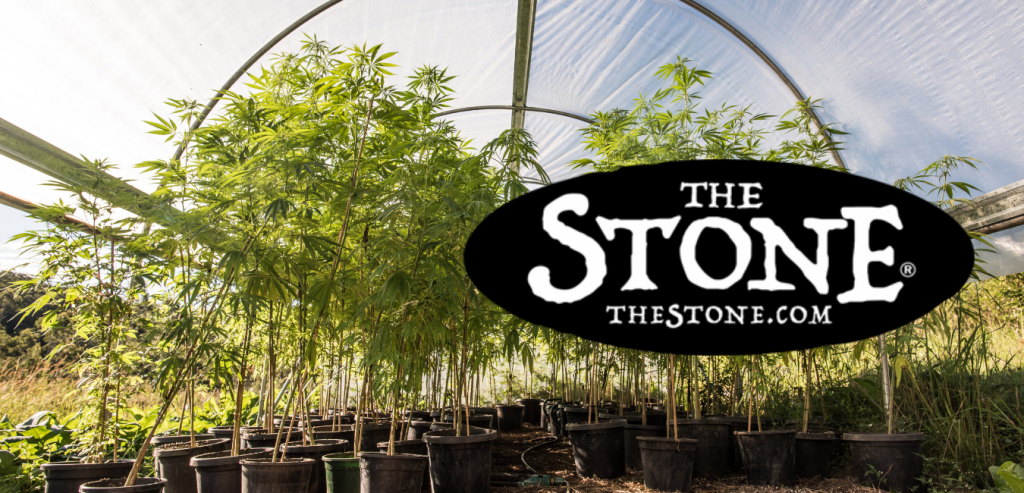
Because the water will damage its protective shell, this method is not recommended for all marijuana plants. The best time to use it is when cultivating auto-flowering plants because they will start germinating by themselves once they get enough light exposure.
Although the soaking process damages the hard shell, it will still germinate and mature. It has already been fertilized by its female parent, so it only needs light to germinate. Otherwise, this method can be used on anything you want to cultivate.
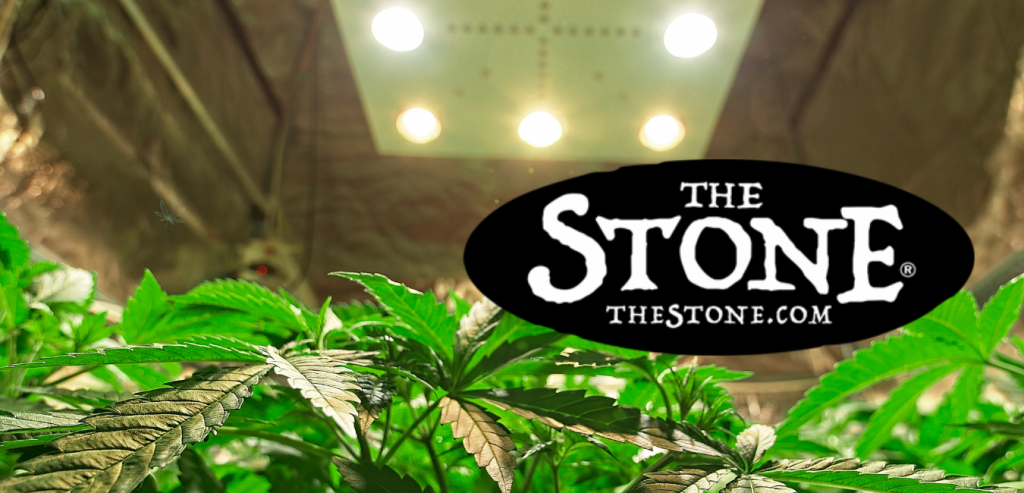
One method that does not require much effort is germinating by planting it into the moistened potting mix. This works well for most weed plants because they are protected from drying out until they mature.
This method is best for germinating Lavender Kush seeds because it helps them absorb moisture from the bottom up rather than from the top down. This reduces cracking and allows the seed to grow without a significant delay. You can also use it for germinating feminized seeds if you want them in soil or hydroponically because it absorbs excess moisture from the shell of feminized seeds, making them easier to handle.
Indoor germination is a process that begins when the seed comes either from plants grown indoors, bought from the store, or plants that were grown outdoors and brought inside in the fall. It can end when you transplant them in soil or hydroponically, in a container filled with potting soil, peat moss, or vermiculite with which you have mixed perlite.
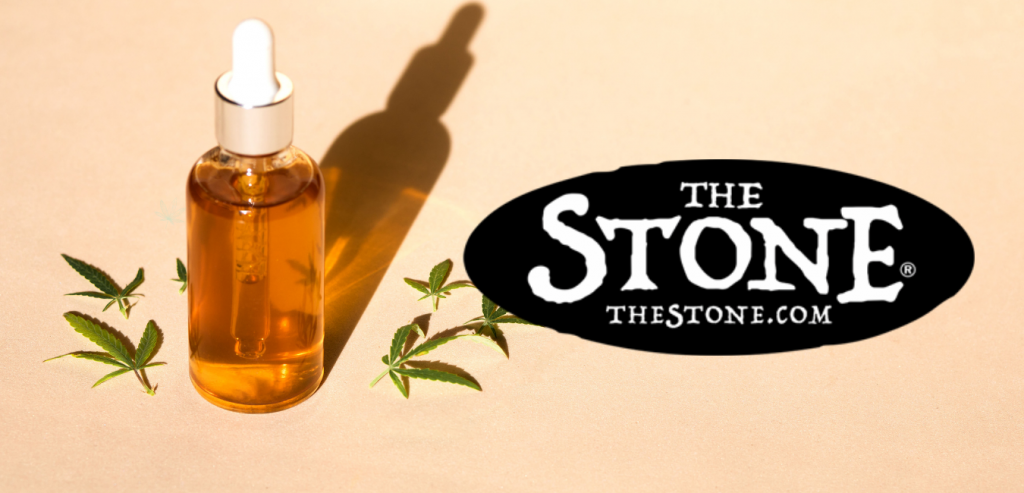
However, this process is not so simple because marijuana seeds are more sensitive to moisture and temperature than other types. It is crucial to know the best conditions for germination to grow healthy, vigorous plants. These conditions are as follows:
because it allows them to absorb moisture from the bottom up rather than from the top down, reducing the possibility of cracking and the delay in germination.
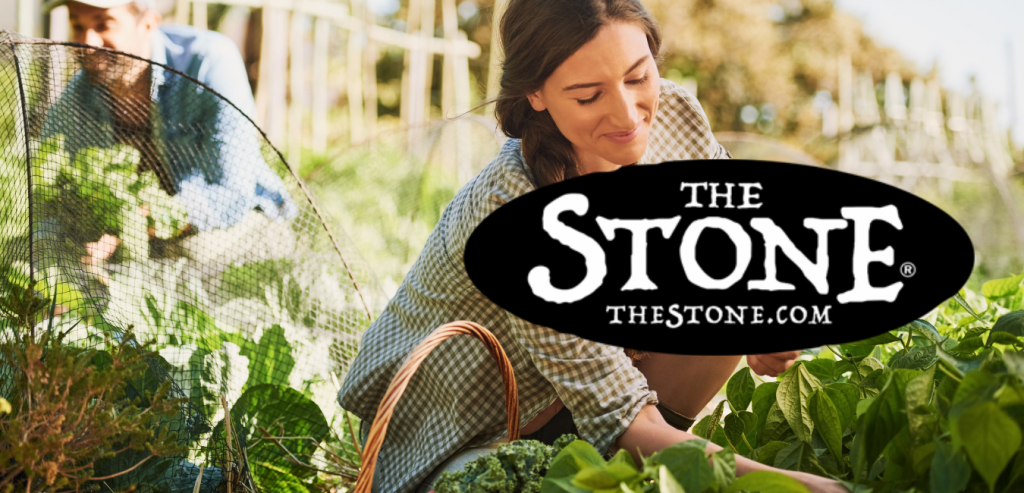
This reduces the possibility of cracking and allows your plant to start overgrowing. You can also use it for feminized seeds if you want them in your dirt or hydroponically if you prefer to grow them in water. The towel absorbs excess moisture from the shell, making it easier to handle. The steps are as follows:
…the plant will be a female, with which you can enjoy harvesting your resin-filled buds on flowering plants. But if you are looking for more sources to produce new plants, make sure you either use regular seeds or grow your male weed plant in a separate area from where you grow your female plants.
This way, you can start harvesting resin much faster when pollinated females mature and their buds gather the resins that contain cannabinoids such as THC and CBD.
by subscribing to our free email course for indoor growers. You will learn how to improve your skills and save money and time. You will also get weed cultivating tips and learn how to solve the most common problems experienced by indoor marijuana growers. Visit our subscribe page for more information.
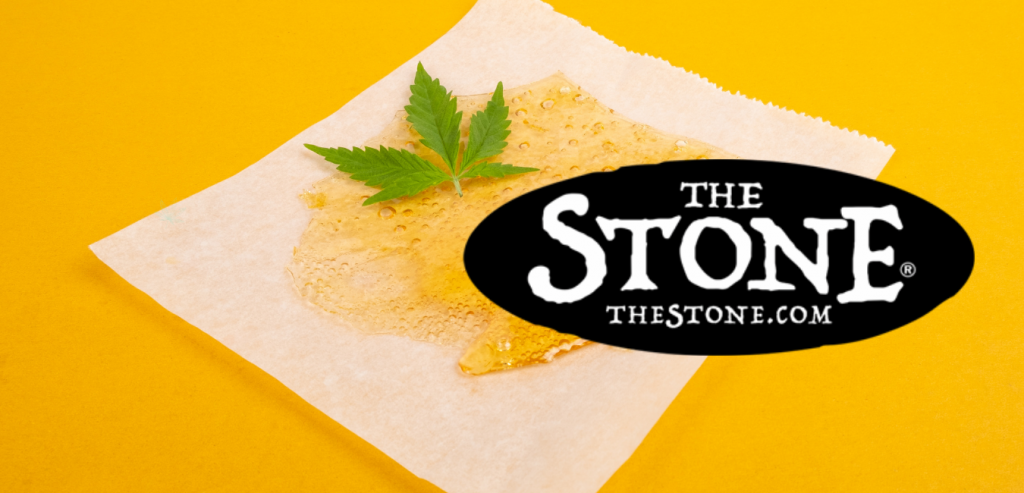
By clicking the subscribe button, you agree to our privacy policy.
Thank you for visiting my blog. If you like it, please share it with your friends.
Related articles:
This is Part 2 of a 3 part series on Making feminized seeds at home. Follow along with Part 1 here and Part 3 here.
Therefore it doesn’t matter if you start with regular female seeds or an existing female plant to produce feminized seeds. You will get the same result in both cases: a homozygous female plant. This is important to keep in mind because most seed banks offer regular seeds of many feminized strains, and often the customers assume that the resulting plants will be all-female if they are grown from these seeds.
What about starting with an already existing female plant?
If you begin your project by starting with an existing female plant, you will have to ensure that the strain is suitable for this purpose. This means that it must carry the feminizing gene! If you purchase your seeds from a reputable seed bank, they will be able to tell you if the strain has this trait or not.
It doesn’t matter if it’s an Indica, a Sativa, or a Ruderalis strain. It also doesn’t matter how it will look when it flowers because this is not linked to the sex chromosomes! You only need to know if the feminizing gene is present in the corresponding line.
In case of doubt, you can always do an extra check by looking at the resulting offspring after the self-pollination of a female plant. If you get 100% female offspring every time, you have found your winner!
If you are not sure which strains are suitable for this purpose, here are some suggestions:
Sour Diesel Feminized by Barney’s Farm is one of my favorite Indica strains because it’s incredibly potent! I highly recommend you purchase your seeds from Serious Seeds, as they offer a variety of other high-quality strains.
If you like Sativa dominant plants, I suggest you look at Amnesia Haze by Soma or Cream Caramel by Delicious Seeds. You can also browse through the list of feminized strains offered by Dutch Passion, as they carry many other suitable options.
I’ll keep updating this article with more info about suitable cannabis strains for producing feminized seeds, but until then, you can find a pretty good selection in all the seed banks that I have listed at the top of it.
After selecting the strain you want to use for this purpose, it’s time to begin the actual project. If your goal is to create regular seeds, you can skip all of these steps and start growing/breeding!
Step 1: Find a male plant to cross it with
This part may be tricky at first because you need to find a suitable male plant that is homozygous for the feminizing trait (so it only carries the female gene). If there are no males available in your starting material, you can always purchase one from another breeder or grower.
Don’t worry about getting an unstable reverse hermaphrodite. Even if you end up with hermies, the ratios are still in your favor. So if you get 10% male offspring instead of 5%, you can discard them and continue to grow the rest of the plants (which all should be females).
The lucky few that end up with exactly 5% males must clone these plants for further breeding projects (see step 2) because they are valuable males. These can also be used to breed auto-flowering strains, but it’s better to use only some of the resulting offspring!
Stay Tuned for the next part of this series. How to make feminized seeds at home? (Part 1), How to make feminized seeds at home? (Part 3).
We warmly welcome you to explore our highly acclaimed strains, concentrates, and edibles. Serving recreational clients with pride is our passion.
At our dispensary, you'll find a professional yet inviting atmosphere that prioritizes your comfort and privacy. Feel free to stop by at your earliest convenience to experience it for yourself. We can't wait to serve you!


